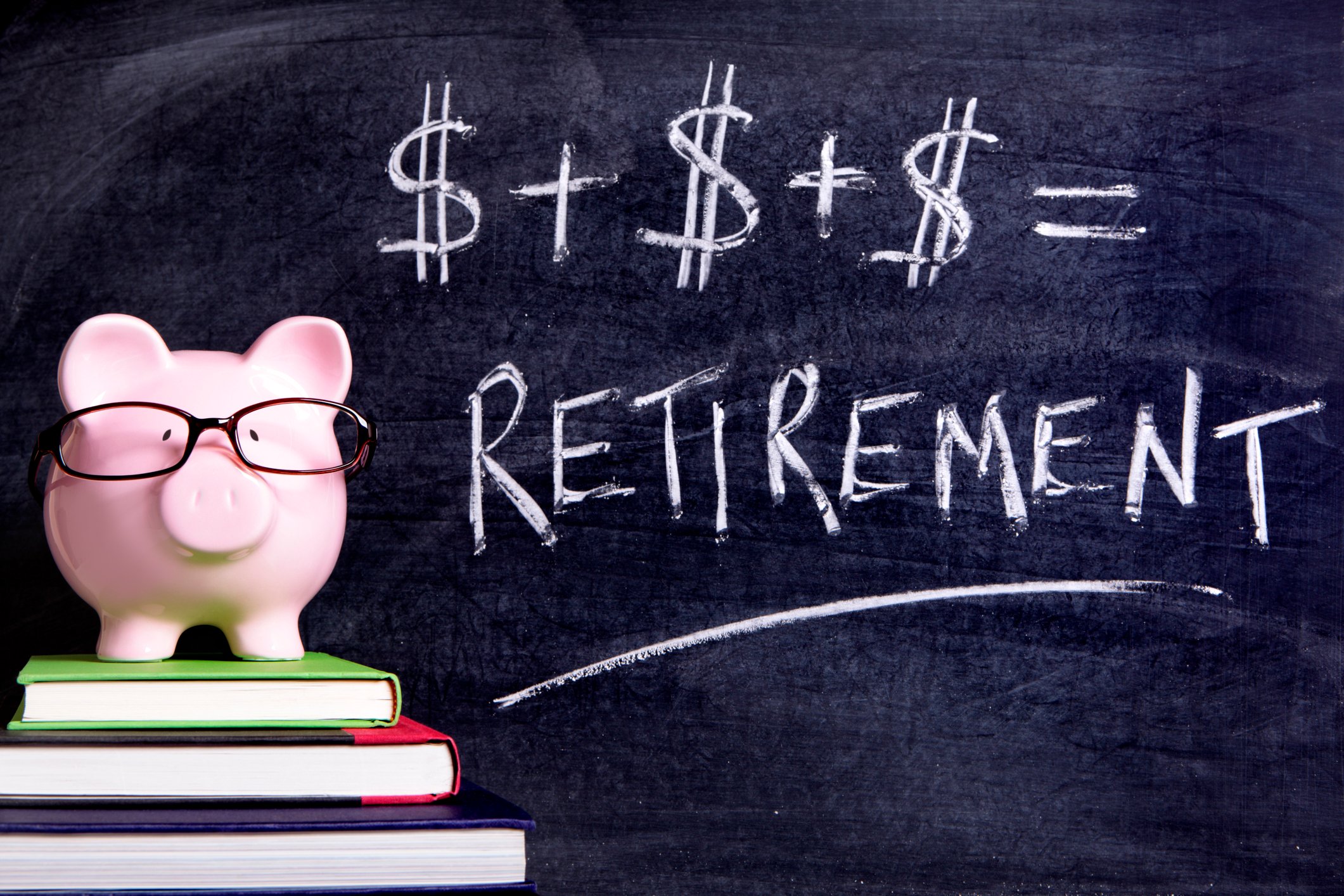If you're thinking of opening an IRA account and saving for your retirement with it, that's a great idea. After all, few of us have pensions to look forward to these days, and the responsibility of setting up retirement income streams is more and more on our shoulders. Read this before you get an IRA, though, so that you make the best IRA-related decisions for yourself.

Image source: Getty Images.
Traditional and Roth IRAs can fuel your future
Let's first review just what IRAs are and how they work. There are two main kinds of IRAs -- the traditional IRA and the Roth IRA. With a traditional IRA, you contribute pre-tax money, reducing your taxable income for the year, and thereby reducing your taxes, too. (Taxable income of $75,000 and a $5,000 contribution? You'll only report $70,000 in taxable income for the year.) The money grows in your account and is taxed at your ordinary income tax rate when you withdraw it in retirement. Many of us will be in lower tax brackets in retirement, so not only is our taxation postponed, but it's often reduced.
With a Roth IRA, you contribute post-tax money that doesn't reduce your taxable income at all in the contribution year. (Taxable income of $75,000 and a $5,000 contribution? Your taxable income remains $75,000 for the year.) Here's why the Roth IRA is a big deal, though: If you follow the rules, your money grows in the account until you withdraw it in retirement -- tax free.
Once you turn 70 1/2, you must begin taking required minimum distributions (RMDs) from your traditional IRA(s) -- or face stiff penalties. There's a formula for determining your RMD each year and your IRA administrator will often let you know how much you must withdraw. Roth IRAs don't feature RMDs. If you inherit any kind of IRA, though, you'll likely face RMDs.

Image source: Getty Images.
Strategizing for maximum financial security
So how much can you sock away in an IRA? Well, IRA contribution limits for both 2016 and 2017 are the same: $5,500. There's also an extra $1,000 "catch-up" contribution permitted for those age 50 or older, letting those folks sock away as much as $6,500 for the year.
To get the most from your IRA, contribute as many dollars as possible to it. Sure, sending in $1,000 or even $3,000 to your IRA can help build a nest egg for retirement. But you can build a bigger and better one by maxing out your contributions. For example, imagine that you contribute $4,500 every year for 25 years to an IRA and it grows at 10% annually. That will grow to nearly $487,000 -- which is pretty good. But if you contribute $5,500 annually (just $1,000 more) and it all grows at 10% per year, the end result will be $595,000 – a difference of $108,000! Of course, as the annual contribution limits rise each year, you should aim to keep contributing more, ending up with an even bigger nest egg.
Don't skip years, either. It's easy to think that single missed year won't matter much, but if you made those $5,500 annual contributions for just 24 years instead of 25, you'd end up with $535,000 – about $60,000 less!
Note, too, that you must have earned (taxable) income in order to contribute to IRAs. There's no minimum age for opening a Roth, but anyone funding their Roth IRA, whether child or adult, must do so with earned income. For kids, allowance or birthday money doesn't qualify, but cash earned through babysitting or odd jobs can. For adults, qualified earnings include wages, commissions, and even alimony payments, but not inheritances, Social Security benefits, or pension or disability income.

Image source: Getty Images.
Financial security for the self-employed with IRAs
Many of us can not only save for retirement via IRAs, but we also have 401(k) plans available at work, with higher contribution limits. Self-employed folks probably have no employer-sponsored 401(k) plan, but they do have some special options: The SIMPLE IRA and the SEP IRA. Each accepts far more than regular IRAs accept -- the SEP IRA, for example has a 2017 contribution limit of $54,000 or 25% of compensation -- whichever is lower. They're both relatively easy to use, and both let your savings grow on a tax-deferred basis.
Self-employed folks can also save for retirement with a "solo 401(k)" -- also known as an individual 401(k) or a self-employed 401(k). If you're self-employed, read up on all these options and perhaps consult a tax pro about them.
IRAs can maximize retirement income
Most people would be we well served by maxing out their IRA account(s). Contribute as much as you can each year. A few thousand dollars may not sound like much, but they add up each year, and grow, too. Here's how much you can amass over time by generously funding an IRA -- and perhaps a 401(k), too:
|
Growing at 8% For ... |
$5,000 Invested Annually |
$10,000 Invested Annually |
$15,000 Invested Annually |
|---|---|---|---|
|
15 years |
$146,621 |
$293,243 |
$439,864 |
|
20 years |
$247,115 |
$494,229 |
$741,344 |
|
25 years |
$394,772 |
$789,544 |
$1.2 million |
|
30 years |
$611,729 |
$1.2 million |
$1.8 million |
Calculations by author.
Finally, don't forget to name one or more beneficiaries. That will let the account avoid ending up in probate and can save your heirs some taxes, too.
IRAs can be powerful aids as you save and invest for retirement. Make full use of them if you can.





